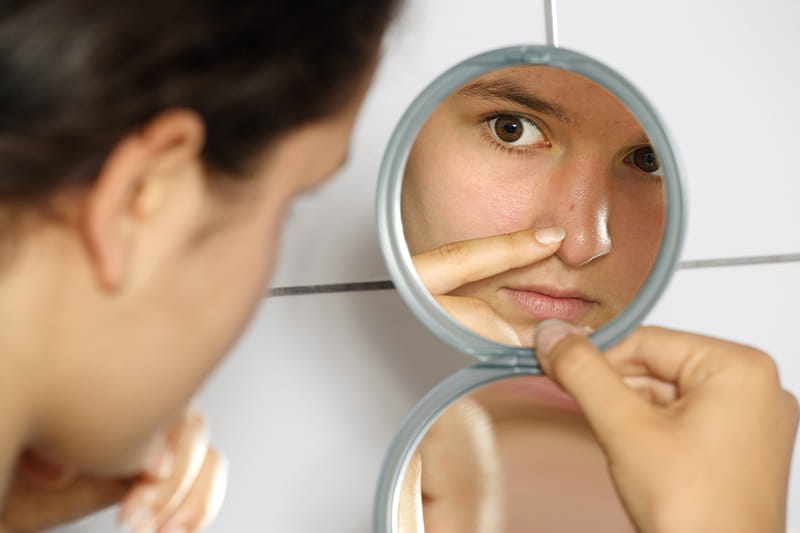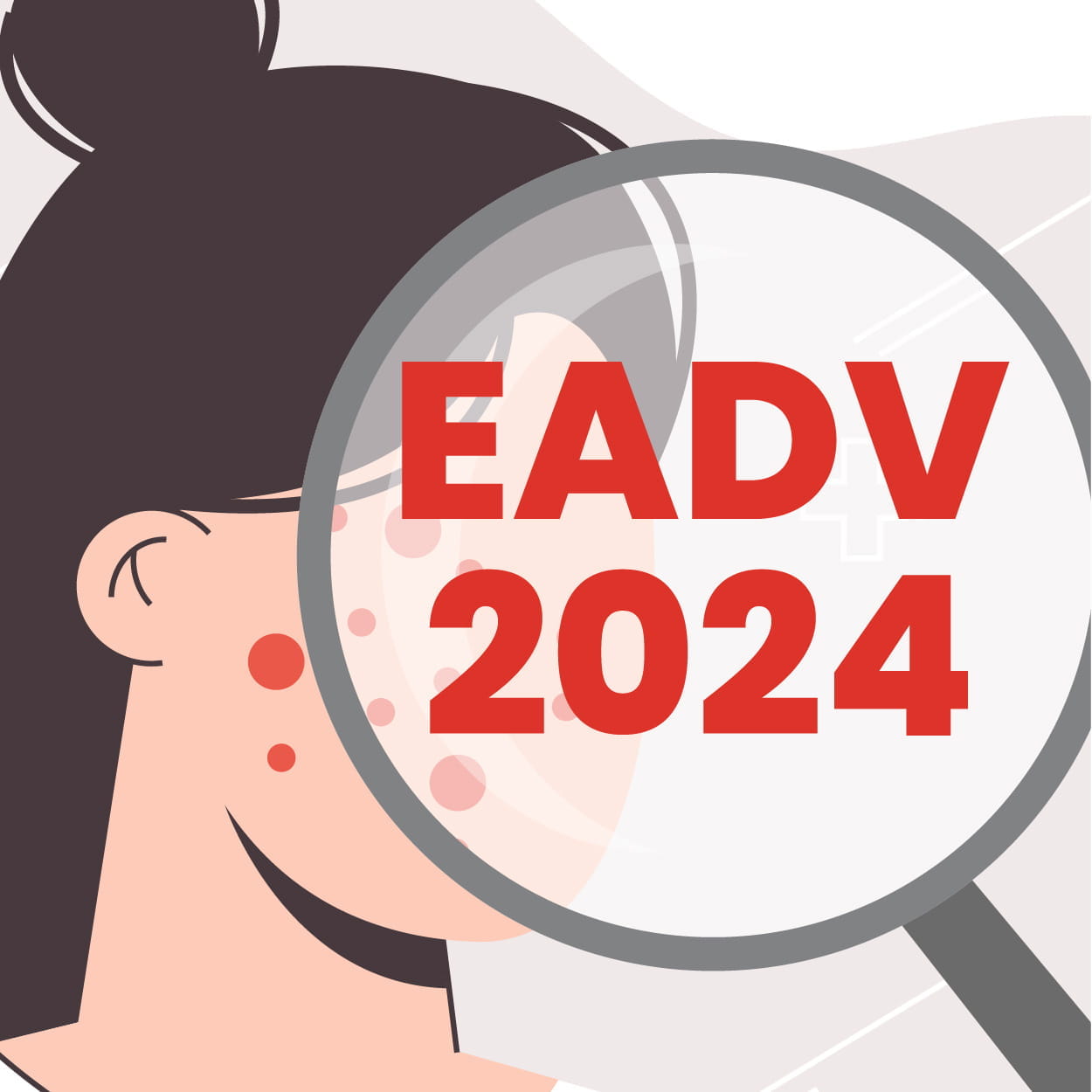Speaker- Rashmi Jindal
Acne is a condition that has been treated routinely, yet there is still a continuous search for new molecules to enhance treatment options. Although various treatments are available, the acne market has been expanding rapidly. The growth is primarily driven by the challenges and limitations associated with existing products. For instance, retinoids such as tretinoin come with issues like irritant potential and chemical instability. Antibiotics, while frequently used, contribute to the rising concern of antibiotic resistance. Oral isotretinoin also faces problems with bioavailability, especially when taken on an empty stomach. The innovations in acne treatment can be categorized into several areas: new molecules, innovative formulations, the role of prebiotics and probiotics, and the development of acne vaccines, which are still in their early stages but hold significant potential. One notable advancement is sarecycline, a novel tetracycline with a narrow spectrum of activity. Although it has not yet been widely used, it has received approval from the U.S. Food and Drug Administration (FDA) for treating moderate to severe acne in patients over nine. The approval is noteworthy as it marks the first new antibiotic for acne approved by the FDA in over four decades.
Sarecycline can be administered at a dose of 1.5 milligrams per kilogram daily. The clinical trials have shown promising results, with more than a 50% reduction in inflammatory acne within three months. What stands out about this treatment is the minimal occurrence of adverse events, with less than 1% reporting issues. Gastrointestinal (GI) side effects, commonly seen with other tetracyclines, are notably low in this case. Antibiotic resistance remains a significant challenge, consistently supported by various studies. Minocycline is one antibiotic with relatively low resistance, making it a viable option for acne treatment. Minocycline topical creams have now become widely available, and while experiences with this treatment may vary, it has gained attention for its effectiveness. However, some practitioners may have mixed results; for instance, while clinical trials in phases two and three indicate that minocycline 4% topical form is safe and effective, individual experiences with the drug can differ. In the realm of retinoids, there are innovative formulations worth mentioning. Though not a completely new molecule, one retinoid has been recently reintroduced by the pharmaceutical company initially developing it for acne treatment. While the newer formulation hasn’t been widely used for acne yet, it offers easy spreadability, includes added moisturizing properties, and exhibits low systemic absorption, making it a promising option. It is certainly a product worth exploring for future acne treatment.
The well-known challenge with oral isotretinoin has been its requirement for administration with a full stomach, ideally after a fatty meal, which is not always practical for patients to maintain consistently. However, newer formulations offer better flexibility and improved patient outcomes. Two notable options are Lidose isotretinoin and micronized isotretinoin, which enhance bioavailability compared to traditional forms. The key advantage of these new formulations is their ability to improve absorption significantly. For instance, Lidose isotretinoin offers approximately twice the absorption in a fasting state compared to standard isotretinoin, while micronized isotretinoin provides even higher absorption than Lidose. Its increased bioavailability reduces the dosage, which in turn helps minimize the side effects commonly associated with isotretinoin treatment. The recommended dosage can be lowered to 0.4 to 0.8 milligrams per kilogram daily, making it a more tolerable treatment option. One molecule that has been gaining popularity is trifarotene. This retinoid, though relatively new, has become a favored choice for many dermatologists. Despite its higher cost, patients who can afford and tolerate it have experienced excellent results. Trifarotene has been particularly effective in reducing redness and pustulation early in the treatment process, allowing many patients to manage their acne with topical treatment alone. It is also highly selective, primarily targeting the retinoic acid receptor gamma (RAR-gamma) receptor, which means that side effects are minimal compared to other retinoids. Trifarotene is the fourth retinoid available for acne treatment and is a valuable tool in acne management.
A promising advancement in acne treatment is Clascoterone, a topical anti-androgen drug that many eagerly anticipate, especially as it is expected to be marketed in India soon. Clascoterone has shown to be very selective in its action, working primarily on the skin without significant systemic absorption, which translates into fewer systemic side effects. This makes it a highly targeted and safer option for managing acne. Additionally, innovation in formulations is set to enhance the efficacy and tolerability of acne treatments. For example, improved formulations can increase drug absorption and reduce irritation, particularly beneficial for commonly used topical retinoids. Microsphere gels utilizing nanotechnology are now available for topical retinoids and offer significant advantages. These nanotechnology-based gels are superior to traditional formulations, as they optimize delivery by targeting hair follicles while minimizing systemic absorption. It allows for improved efficacy with reduced side effects. However, while nanotechnology presents several benefits, it also brings challenges that need careful consideration. The primary goal is to ensure minimal systemic absorption to avoid unintended effects. Moreover, concerns around non-nano pollution and the overall safety profile of these products must also be addressed. Therefore, while nanotechnology-based formulations offer promising results in acne management, their long-term safety and environmental impact remain critical focus areas.
Prebiotics and probiotics present an exciting frontier in acne management. The underlying concept revolves around the different strains of Cutibacterium acnes (previously known as Propionibacterium acnes), where some strains are more inflammatory than others. The goal is to replace the more inflammatory strains with those that are less inflammatory, hoping that reducing inflammation will help decrease acne. While several ongoing studies and various products are being tested, practical experience with these treatments remains limited. However, there is anticipation that such products will be more readily available in the market shortly, potentially offering a novel approach to acne treatment. In addition to prebiotics and probiotics, other innovative products are being explored, some showing promise while others remaining in experimental phases. For instance, biologics have been investigated, but it seems to be an ambitious approach for acne treatment at present. One of the more familiar approaches, Phosphodiesterase-4 (PDE4) inhibitors like apremilast, has been tried across multiple dermatological conditions. The medication reduces the activity of pro-inflammatory cytokines, which offers potential for acne management, although clinical use for acne has yet to be extensively tested. Furthermore, Nitrosomonas eutrophia, a live suspension that is applied topically, represents another novel treatment in the pipeline. It reduces the release of nitric oxide, a known pro-inflammatory agent. Decreasing nitric oxide release reduces inflammation, potentially benefiting acne patients. The innovation remains in the early development stages but is a promising addition to the future of acne treatment.
Lastly, growing interest in developing acne vaccines may sound futuristic but hold real potential. The underlying principle is to target the virulence factors of Cutibacterium acnes, specifically Christensen's alpha-toxin (CAMP) factor. This factor plays a key role in the inflammatory processes contributing to acne. Though the area of research is still evolving, several products are in the pipeline. Hopefully, these vaccines will help modulate the immune response against acne-causing bacteria, offering a more targeted and long-lasting solution to acne management. While some of these products are still in the early stages of development, others may soon be available, marking a new era in acne treatment.
33, European Academy of Dermatology and Venereology Congress, 25-28 September 2024, Amsterdam



